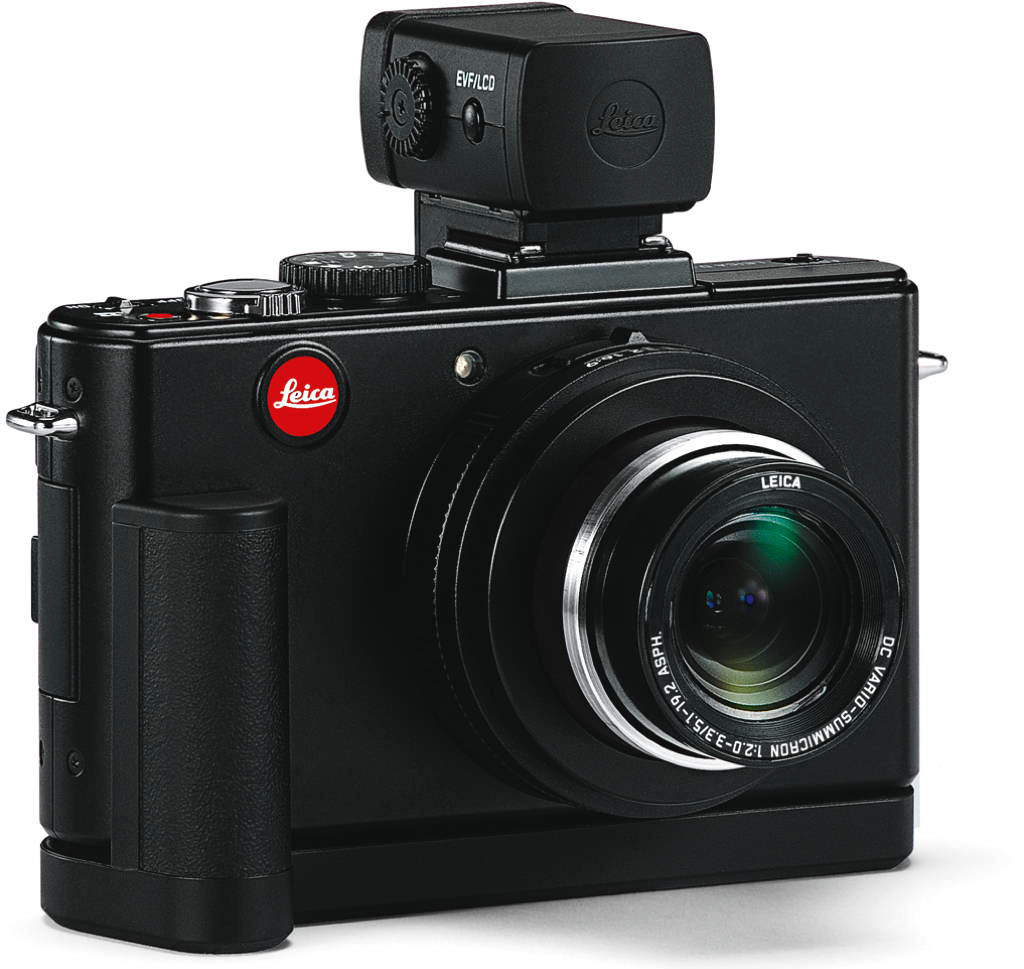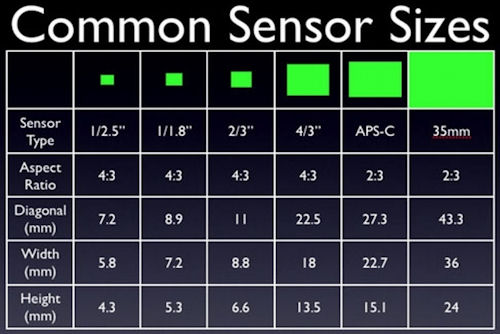Sony PVM-1741 17" OLED Monitors - Follow Up
The flicker issue on the PVM series is just that - a real issue - one that should inform your purchase decision. Please note that 48i flickering from 24p material is found on all the monitors in the PVM OLED series, 7.4", 17", and 24.5" and the only way to remove this flickering is to introduce pulldown and display the source material within a 60 interlace video signal. Some cameras such as the Sony F3 can do this. Others, namely the Alexa, cannot. The BVM E Series monitors do not suffer from this display issue and in my opinion are the best thing going right now but the price tag, 17 grand for the 17" and $26,000 for the 24.5", might be a tad high for some. Enter the newly announced BVM F series monitors - $11,500 for the 17" and $14,000 for the 24.5". These monitors are intended to replace the previous generation PVM L Series Trimaster LCD's. I've been using the 23" PVM L for awhile now and I've been very happy with it. Here's the difference between the BVM E and BVM F Series Trimaster OLED monitors -
BVM E:
Highest quality BVM OLED Panel
2K Input (2048x1080)
User LUT
ASC-CDL
S-Log Gamma
Gamut Error Display
etc
BVM F:
Same Chassis as BVM E
High Quality BVM OLED Panel but not the same quality as BVM E
Same 12bit Engine and Non Linear Cubic Conversion Color Management as BVM E
Basically the F doesn't have the Cine features of the E and the panel isn't the highest quality which if I were to guess, most likely means uniformity. The most uniform panels will go into the E's and those that don't make the cut for E will become F's.
If you're trying to use the PVM's with the Alexa and the flicker is driving you nuts, Abel Cine has a solution. The new Decimator MD-DUCC, the Multi Definition Down Up Cross Converer, a swiss army knife for video that can take just about any single link video signal and convert it into whatever you need. Abel has found the MD-DUCC to be a good solution in removing the 48i filcker from 24p material on PVM monitors if your camera can't introduce pulldown on its own.














 © 2021 Bennett Cain / All Rights Reserved /
© 2021 Bennett Cain / All Rights Reserved /